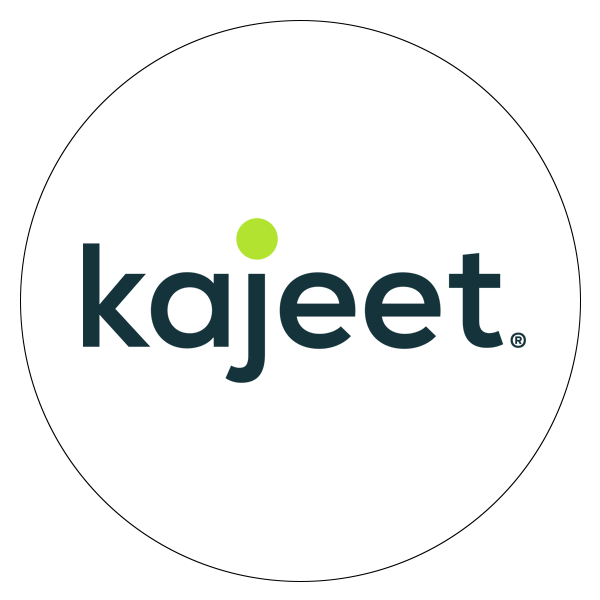
K-12 education has always been about learning and growing; about helping school-age children understand the world they live in, and the myriad ways in which it works. But education—in elementary school, middle school, and high school— is just as much about preparing students to succeed beyond school in life and the workplace.
In recent years, the workplace is evolving rapidly; so much so that educators must keep up with an ever-changing landscape in which technology creates fascinating new jobs and career paths—and also ends older, more traditional ones.
Given how much technology is transforming labor, it’s more important than ever for K-12 educators to prepare their students to find success in the more tech-focused jobs of today and tomorrow.
Earlier this summer, Ed Tech Magazine profiled the tech-driven initiatives of California’s Fresno Unified School District, helping its student body better prepare for the high-tech jobs for which they’re likely to be competing.
It’s a forward-thinking approach that places an emphasis on digital learning and ed tech tools, and that offers career-readiness opportunities for students from varied socio-economic backgrounds. Fresno Unified School District’s tools, programs, and opportunities include:
Providing digital learning opportunities for all students doesn’t end in the classroom. Roughly one-third of low-income households with school-aged children lack Internet access at home. By equipping those students with filtered Wi-Fi hotspots with Kajeet, educators can ensure digital learning goes beyond the school building and continue to help students engage with tech.
Ed Tech Magazine also highlights work done by Florida’s Brevard Public Schools system, which is using its own blend of programs and tech opportunities, including mobile computer labs in every school and training programs on robotics and web development.
Kajeet recently explored some of the ways current digital resources transform the K-12 classroom, including digital textbooks, effective technology integration, and digital literacy skills. You can read more about it right here.
We also recently published an in-depth report, “Managing Devices in K-12,” that goes into greater detail on how technology is used inside and outside the classroom.
While becoming familiar with tech tools is important for today’s K-12 students, there are also a set of broader skills that can empower students and prepare them to join—and work in—a more tech-heavy, interconnected world.
According to a National Education Association (NEA) report, “Preparing 21st-Century Students for a Global Society,” we used to root education in our ability to teach K-12 students about the three “R’s: reading, writing, and arithmetic.
But that’s not enough anymore.
“America’s system of education was built for an economy and a society that no longer exists,” the report’s authors write. “The rapid decline in ‘routine’ work has been well documented by many researchers and organizations. At the same time, there has been a rapid increase in jobs involving nonroutine, analytic, and interactive communication skills.”
Enter what the NEA calls the “Four Cs” that can help prepare K-12 students to join the global workforce and manage current and future issues facing our communities, including immigration crises, global pandemics, and financial crises.
Network engineers. Computer programmers. IT managers. Web developers. Cybersecurity experts. Information analysts.
These are just a few of the tech-heavy careers that the world will be looking to fill in the coming years and decades, not even including fields like medicine and economics that will become more tech-driven than they already are.
Whether or not K-12 students goes on to college after they graduate or whether they go directly into the workforce, they’ll need to be prepared.
And there’s no better time to prepare them than right now.


